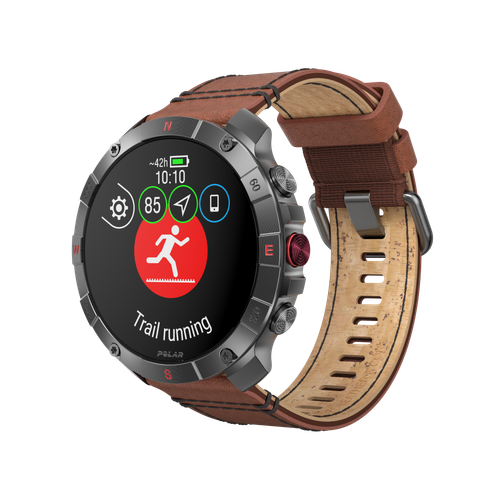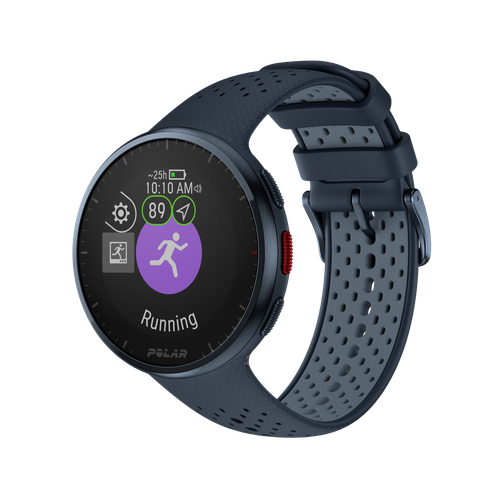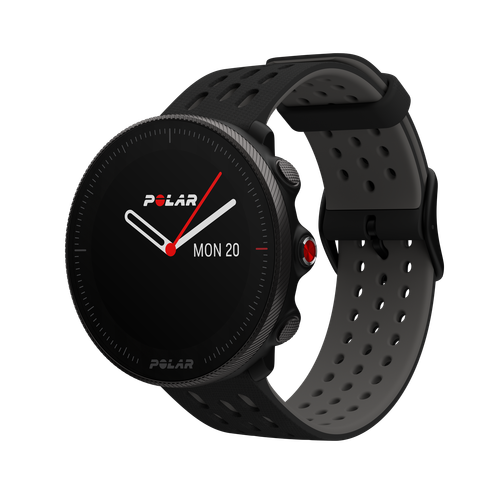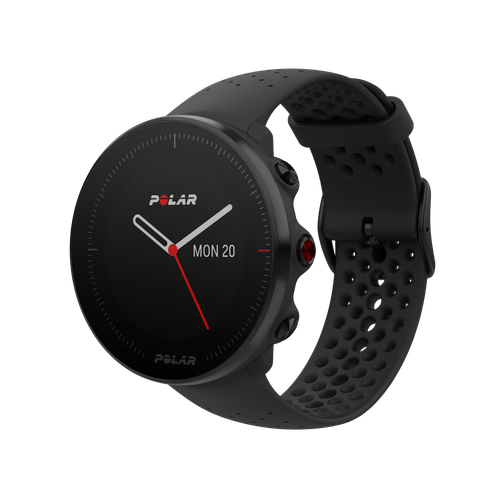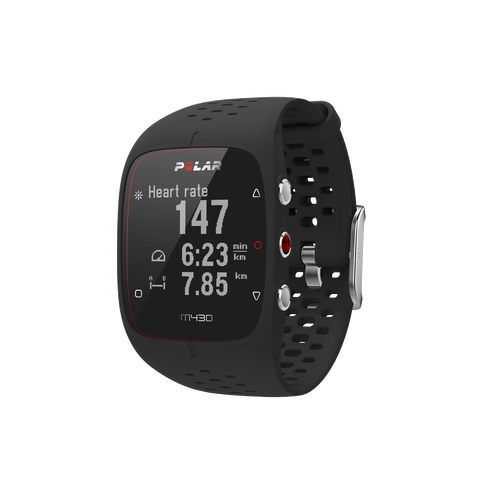Ever felt that insistent whisper? The one in your soul that nudges you away from the well-trodden trail, not necessarily towards Everest’s frosty peak, but perhaps just to that quirky-looking taco fusion truck you’ve never tried? That, my fellow wanderers, is the mischievous spark of human curiosity at play. It’s the same force that compelled our ancestors to peek behind that rustling bush (potential dinner or a sabertooth? Thrilling!), and it still hums within us today, driving us to discover every corner of the world. To conquer the highest peaks, and even to push the very limits of our physical form in running, jumping, and the exhilarating pursuit of 'what's next?'
But why this relentless need to poke, prod, and sample the unknown? Why does the well-worn path sometimes feel… well, a bit beige? Is this inherent itch to explore, to veer off the map (even if that map is just your usual weekend routine), truly a primal urge? And if so, why does that same ancient wiring get a jolt of joy from learning to juggle flaming torches or finally mastering that tricky sourdough starter? Join us as we peel back the layers of this fundamental human drive, venturing into the science behind our insatiable appetite for the new.
Curiosity as the Engine of Exploration
This powerful force of curiosity isn't limited to grand expeditions into the wilderness. It fuels our everyday adventures, too.
So, what makes us pause to examine an unusual wildflower or wonder about the story behind an old, abandoned cabin? The answer, in its purest form, is curiosity. As a 2015 review published in Neuron aptly points out, curiosity is the very engine that drives our innate desire for information and exploration. It’s that fundamental urge to know more, to understand the world around us on a deeper level.
One type of curiosity that is distinctly human is epistemic curiosity, a trait that goes beyond simply encountering something new. It's about actively seeking knowledge and striving to reduce uncertainty.
One type of curiosity that is distinctly human is epistemic curiosity, a trait that goes beyond simply encountering something new. It's about actively seeking knowledge and striving to reduce uncertainty. Think about those moments on a hike when you spot an unfamiliar bird call and immediately try to identify it or when you stumble upon a peculiar geological formation and feel compelled to understand how it was formed. This isn't just passive observation – it's an active quest for understanding, a desire to fill in the gaps in our mental map of the world.
This powerful force of curiosity isn't limited to grand expeditions into the wilderness. It fuels our everyday adventures, too. It's what prompts us to try a new route on our regular run, just to see what lies around the bend. It's why we might strike up a conversation with a local on a trail, eager to learn about the area's history. It's the reason we pick up a field guide to identify that intriguing insect we spotted.
Enjoying this article? Subscribe to Polar Journal and get notified when a new Polar Journal issue is out.
Subscribe
The Evolutionary Roots of Exploration
Why do we possess this relentless drive to know more, to venture into the unknown? Consider our earliest human ancestors, those brave souls who dared to step beyond the familiar horizon. Their very survival hinged on their willingness to explore the world around them. This act of venturing forth wasn't a leisurely choice; it was the key to finding sustenance, discovering safer shelters, and, ultimately, ensuring the continuation of our species. Imagine them, propelled by an innate curiosity, pushing the boundaries of their knowledge in a world where the unknown held both peril and possibility.
A 2020 article in Live Science entitled "Why are humans so curious?" beautifully illuminates how this primal urge to explore and our close companion, curiosity, offered a significant evolutionary advantage. The ones who dared to investigate that unusual plant, who cautiously approached that unfamiliar sound, were more likely to discover new food sources or identify potential dangers before they became threats. This inherent drive to understand and navigate the unknown was a powerful tool for survival, allowing our ancestors to adapt to diverse environments and outsmart potential predators.
Can this evolutionary history shed light on whether this urge to explore persists throughout our lives? Interestingly, a 2023 study in eLife provides some insight into the enduring power of this drive. The consistent preference for novelty observed across all age groups, from the wide-eyed curiosity of childhood to the more seasoned explorations of adulthood, suggests this isn't a fleeting, learned behavior. Instead, it points to a deeply ingrained evolutionary mechanism. This persistent inclination to seek out new experiences and information likely conferred a significant survival advantage, allowing individuals of all ages to learn about changing environments, discover new resources, and adapt to evolving challenges – traits essential for the long-term success of our species.
The Brain's Reward System and the Thrill of Discovery
You know that surge of excitement you get as you crest a hill and a breathtaking vista unfolds before you or that quiet satisfaction of finally figuring out a tricky section of a trail. That feeling, in part, is your brain showering you with a little internal reward for your human curiosity thanks to a fascinating neurochemical process. As a 2014 study published in Behavioral Neuroscience highlights, our brain's reward system plays a crucial role in fueling our desire to explore, with dopamine taking center stage.
You've no doubt heard of dopamine before: the brain's "feel-good" messenger. When we encounter something new and intriguing, whether it's a hidden grove in the woods or a unique rock formation, our brains release a shot of this neurotransmitter. This isn't just a random occurrence – it's a clever biological mechanism that reinforces behaviors that are beneficial for us, like seeking out new information and experiences. The pleasurable sensation we feel acts as a positive feedback loop, making us more likely to venture out and explore again in the future.
Expanding on this, the 2014 study delves into how dopamine actually enhances the value we associate with novelty. That unexplored path suddenly seems more appealing, that unfamiliar scent in the air is more intriguing. It's as if our brain is saying, "Pay attention to this! There might be something valuable here." This heightened interest, driven by dopamine, propels us to investigate further, to uncover the secrets that lie beyond the familiar.
undefined

Polar Grit X2
Outdoor Watch
Polar Grit X2 is a compact, robust outdoor watch crafted for big adventures and everyday performance. With advanced training tools, sapphire glass AMOLED display, and precision navigation with full-color maps, it’s built for life on and off the trails.
Enjoying this article? Subscribe to Polar Journal and get notified when a new Polar Journal issue is out.
Subscribe
More Than Just Survival: The Broader Benefits of Exploration
So, while our primal urge to explore was undoubtedly crucial for the survival of our ancestors, its benefits extend far beyond the basic necessities of food and shelter. This inherent drive continues to fuel learning, problem-solving, creativity, and profound personal growth in our modern lives. It’s the engine behind our intellectual and emotional journeys, enriching our experiences in countless ways.
Think about the simple act of trying a new restaurant. It's more than just satisfying hunger – it's an exploration of different flavors, culinary traditions, and perhaps even a new cultural experience. It broadens our understanding of the world's diverse palates and can spark new interests in cooking or different cuisines. Similarly, picking up a new hobby, like photography, isn't just a way to fill our leisure time. It’s an opportunity to develop new skills, challenge ourselves physically and mentally, and discover hidden talents we never knew we possessed. The joy of capturing the perfect shot of a sunset goes far beyond mere entertainment – it fosters a sense of accomplishment and deepens our connection with the natural world.
Engaging in new activities, whether it’s learning to kayak down a winding river or volunteering for a conservation project, can lead to significant personal fulfillment and offer entirely new perspectives on life.
Engaging in new activities, whether it’s learning to kayak down a winding river or volunteering for a conservation project, can lead to significant personal fulfillment and offer entirely new perspectives on life. Stepping outside our comfort zones and embracing the unfamiliar allows us to see the world through different lenses, fostering empathy, resilience, and a greater appreciation for the interconnectedness of things.
Ultimately, this inherent drive to explore, this deep-seated curiosity that pulls us towards the unknown, contributes to a richer and more meaningful human experience. It’s not just about conquering mountains or discovering hidden valleys – it’s about the continuous process of learning, growing, and connecting with the world and ourselves on a deeper level. This innate desire to explore makes life an ongoing adventure filled with opportunities for discovery and profound personal enrichment.
The Enduring Call of the New
So, as we’ve explored, that compelling urge to discover isn't just a whimsical desire – it's deeply etched into our evolutionary history and wired into our very neurobiology. From our ancestors venturing into the unknown for survival to our own inclinations to try a new trail or a different brew, this primal drive for novelty is a fundamental thread in the tapestry of human experience.
Whether you're charting a course through a dense forest or simply stepping into an unfamiliar café, embracing your natural curiosity leads to enriching experiences and a deeper connection with the world around you. So go ahead, take that less-traveled path – even a small step off the beaten track can lead to remarkable discoveries.
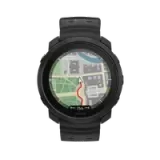 Polar Vantage M3
Polar Vantage M3
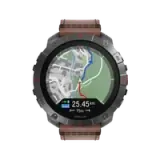 Polar Grit X2 Pro Titan
Polar Grit X2 Pro Titan
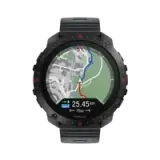 Polar Grit X2 Pro
Polar Grit X2 Pro
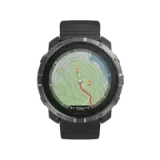 Polar Grit X2
New
Polar Grit X2
New
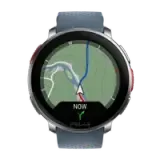 Polar Vantage V3
Polar Vantage V3
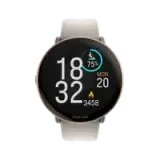 Polar Ignite 3
Polar Ignite 3
 Polar Ignite 3 Braided Yarn
Polar Ignite 3 Braided Yarn
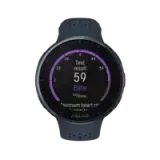 Polar Pacer Pro
Polar Pacer Pro
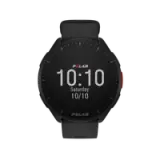 Polar Pacer
Polar Pacer
 Polar Unite
Grit X Series
Vantage Series
Pacer Series
Ignite Series
Polar Unite
Grit X Series
Vantage Series
Pacer Series
Ignite Series









